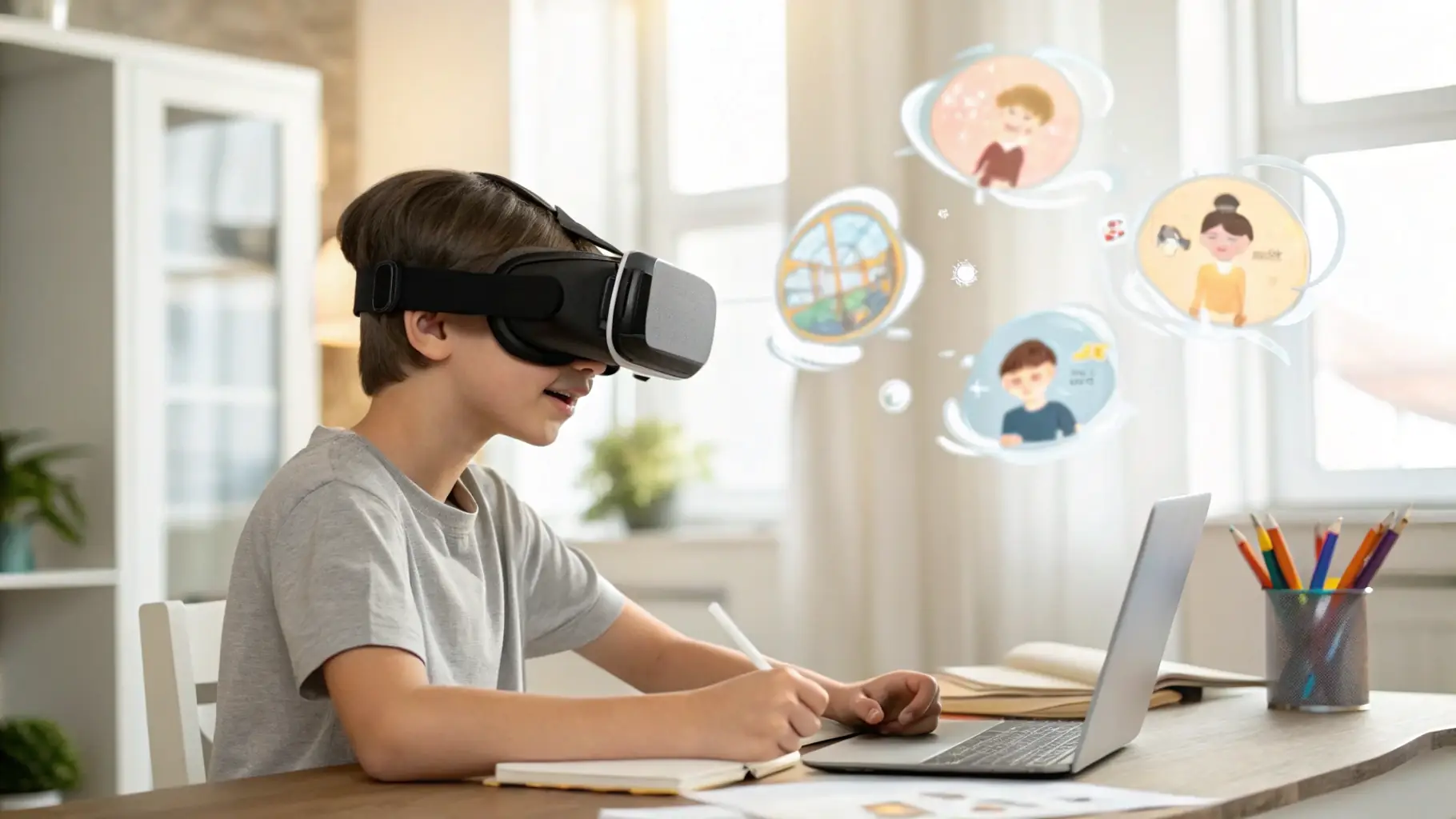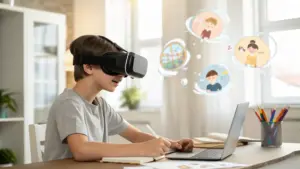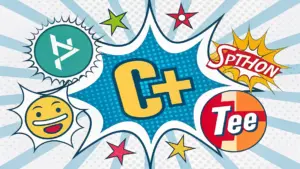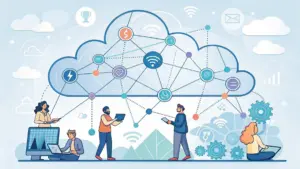Virtual reality (VR) is revolutionizing the way we learn and experience education. Immersive VR environments offer students unique opportunities to engage with educational content in a dynamic and interactive way. VR simulations can bring abstract concepts to life, making learning more engaging and effective. This technology allows students to explore historical events, scientific phenomena, and complex processes in a safe and controlled environment. VR technology is transforming traditional classroom settings, enabling educators to create more interactive and engaging learning experiences. VR simulations can be used to recreate historical events, conduct virtual field trips, and provide hands-on training in various fields. This technology allows students to explore different perspectives and engage with complex concepts in a more meaningful way. VR can also be used to create personalized learning experiences, tailoring content to individual student needs and learning styles. The use of VR in education is still in its early stages, but its potential is immense. As the technology continues to evolve and become more accessible, VR is expected to play an increasingly important role in shaping the future of education. VR can be used to create immersive learning experiences that cater to diverse learning styles and needs. This technology has the potential to revolutionize the way we learn and interact with educational content.
The Impact of VR on Education
Virtual reality (VR) is revolutionizing the way we learn and experience education.



